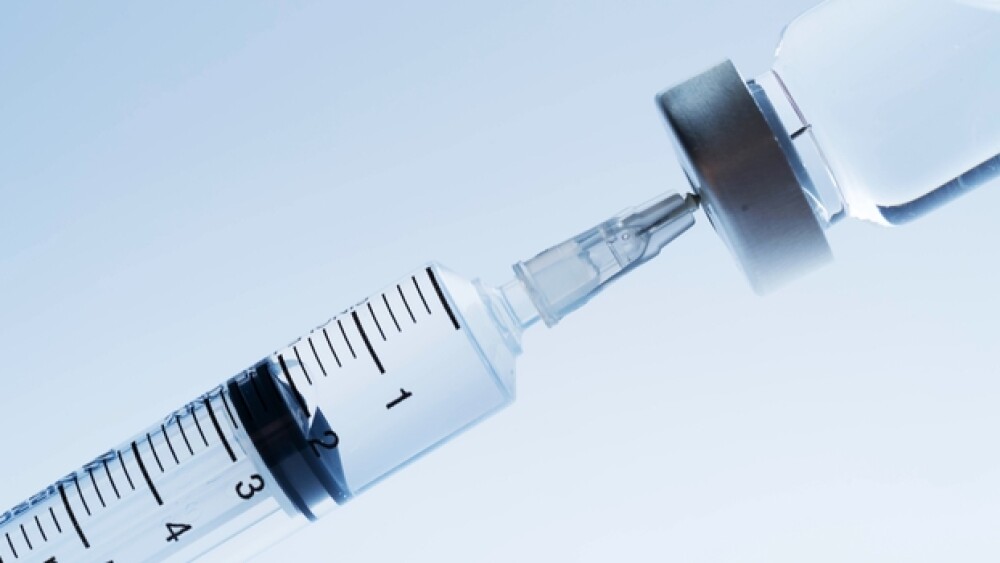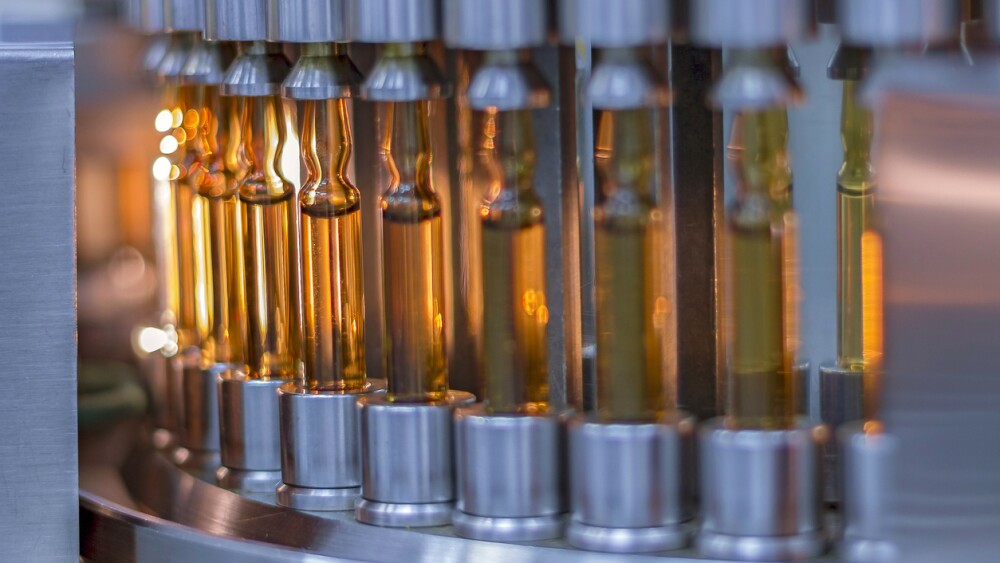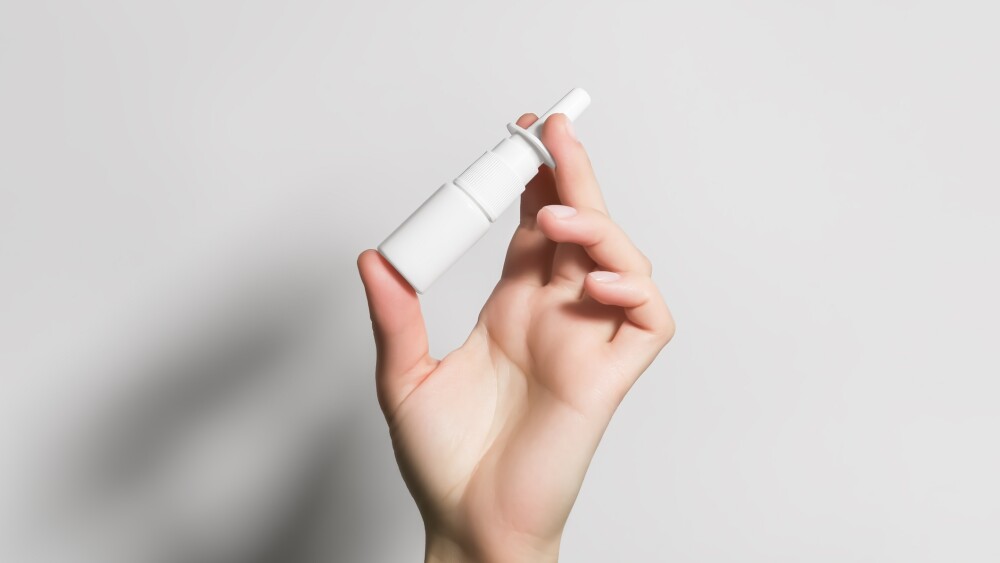Innovent and Lilly expect Halpryza to be a high quality and slightly more affordable rituximab injection for a market experiencing serious needs.
Innovent Biologics and Eli Lilly just received approval to market their jointly developed rituximab injection, known as Halpryza®, in China.
The recombinant human/murine chimeric monoclonal antibody was approved by China’s National Medical Products Administration (NMPA) to treat patients with diffuse large B cell lymphoma (DLBCL), follicular lymphoma and chronic lymphocytic leukemia. Innovent and Lilly expect Halpryza to be a high quality and slightly more affordable rituximab injection for a market experiencing serious needs.
As Dr. Li Wang, SVP of Lilly China and head of the Lilly China Drug Development and Medical Affairs Center, noted in a statement, “Lymphoma is one of the malignant tumors with rapidly growing incidence. However, the survival rate is also relatively higher than other tumor types when (patients) have appropriate treatment. The approval of Halpryza will bring a new option to Chinese lymphoma patients, help them to improve their quality of life, and prolong their survival.”
Malignant lymphoma, which encompasses three indications for which Halpryza was approved in China, is one of the most common hematological malignancies in that nation and is among the top ten malignant tumors with high morbidity and mortality. It can be broadly categorized as non-Hodgkin’s lymphoma (NHL) – the most prevalent form – and Hodgkin’s lymphoma. Approximately 80 to 85% of NHL originate from the B cells, and more than 95% of the NHL cells express CD20.
Halpryza works by binding to the CD20 antigen on the surface of B lymphocytes to mediate complement-dependent cytotoxicity and antibody-dependent cellular cytotoxicity. Normal and malignant B cells are targeted for destruction by the antibody, thereby achieving anti-tumor and immunosuppressive therapeutic effects.
NHL has an age-standardized incidence rate of 4.8 per 100,000 people among Chinese men, and a mortality rate of 2.8, making it the tenth most common cancer for Chinese men, according to an April study in the Chinese Journal of Cancer Research. For comparison, the age-standardized incidence and mortality rates for Japanese men are 8.7 and 3.5, respectively.
Drilling down, China’s National Cancer Center says DLBCL represents approximately 50,000 new cases of cancer per year – about 40 to 50% of all NHL cases. In the West, it accounts for only 30 to 40% of cases. DLBCL progresses rapidly and without treatment, leads to the death of patients within a few months.
In China, follicular lymphoma – another indication for Halpryza – accounts for between 45 and 60% of that nation’s cases of NHL. Incidents of this high morbidity, high mortality disease are increasing.
As the Chinese Journal of Cancer Research article pointed out, “China is in the cancer transition stage with a rising burden of colorectal, prostate, and breast cancers, along with a heavy burden of lung and upper digestive tract cancers.”
China is considered the second largest market for oncology therapeutics in the world.
The market for NHL therapeutics in China, and throughout the Asia-Pacific region, is driven by increasing incidence rates and by China’s screening programs to detect a variety of cancer. Those factors, combined with growing awareness of the disease, all presage increased market growth, according to a Research and Markets report.
Rituximab injections have a long, well-documented history. They were approved by the FDA in the U.S. in 1997 to treat non-Hodgkin’s lymphoma, chronic lymphocytic leukemia, rheumatoid arthritis, granulomatosis with polyangiitis, microscopic polyangiitis and moderate to severe pemphigus vulgaris. That 23-year history, along with multiple large-scale clinical trials, confirms its safety and efficacy.
That long history, however, also may limit its potential. Although rituximab dominates China’s NHL market today, it may have only a few years until it will face challenges from new, innovative therapeutics, according to a recent report by DRG.
This approval, however, positions Innovate and Lilly to develop many of those innovations.
“Halpryza is another example of our success with the National Major New Drug Innovation and Development Project,” Dr. Hui Zhou, VP and head of oncology strategy and medical sciences at Innovent, said in a statement. That program was launched in 2008 as a new engine of drug innovation, with subsequent iterations in China’s Five Year Plans.
Now, “Halpryza is the fourth monoclonal antibody drug approved by the NMPA following Tyvyt® (sintilimab injection), Byvasda® (bevacizumab injection), and Sulinno® (adalimumab injection),” Zhou said. “We hope to bring this high-quality drug to more patients in need in China as soon as possible.”
The Innovent/Lilly collaboration began in 2015 with what Innovent called “a groundbreaking partnership between a Chinese pharmaceutical company and a multinational pharmaceutical company.” Initially they developed and commercialized Tyvyt for the Chinese market, before quickly extending the collaboration to develop three antibodies for oncology indications, a diabetes treatment, and Halpryza.






